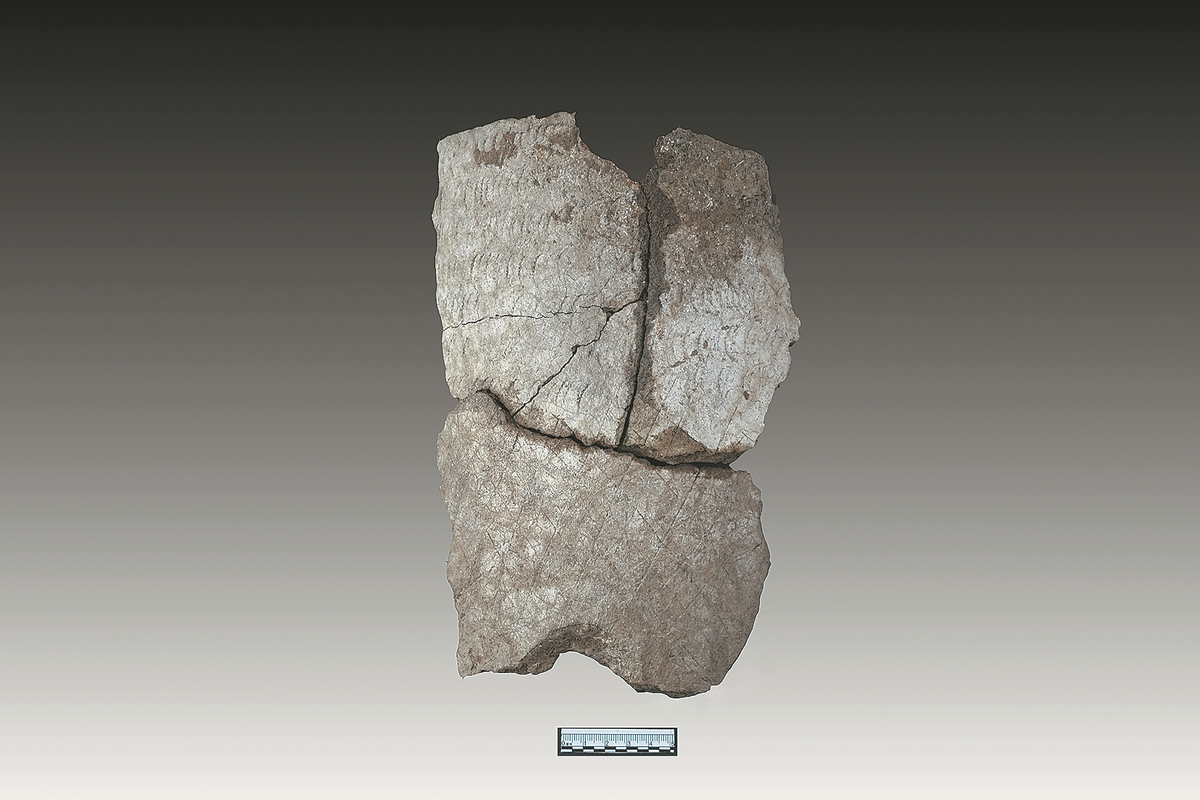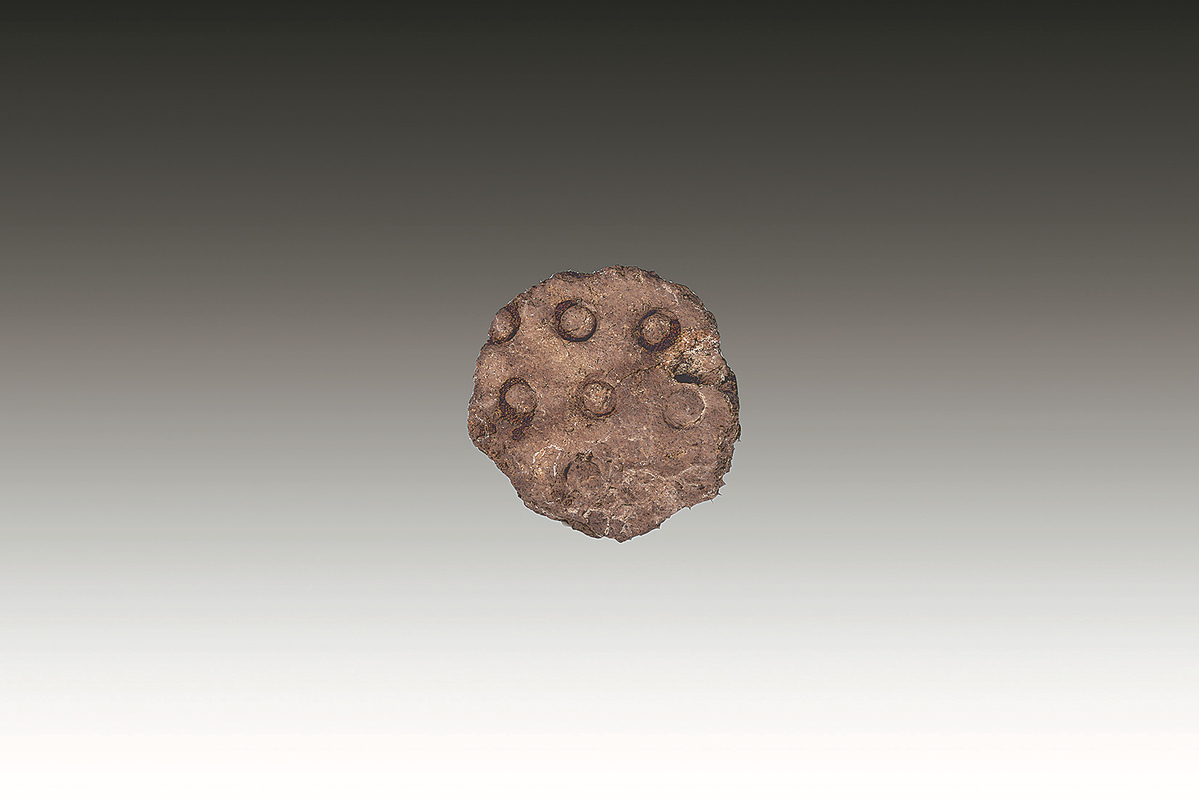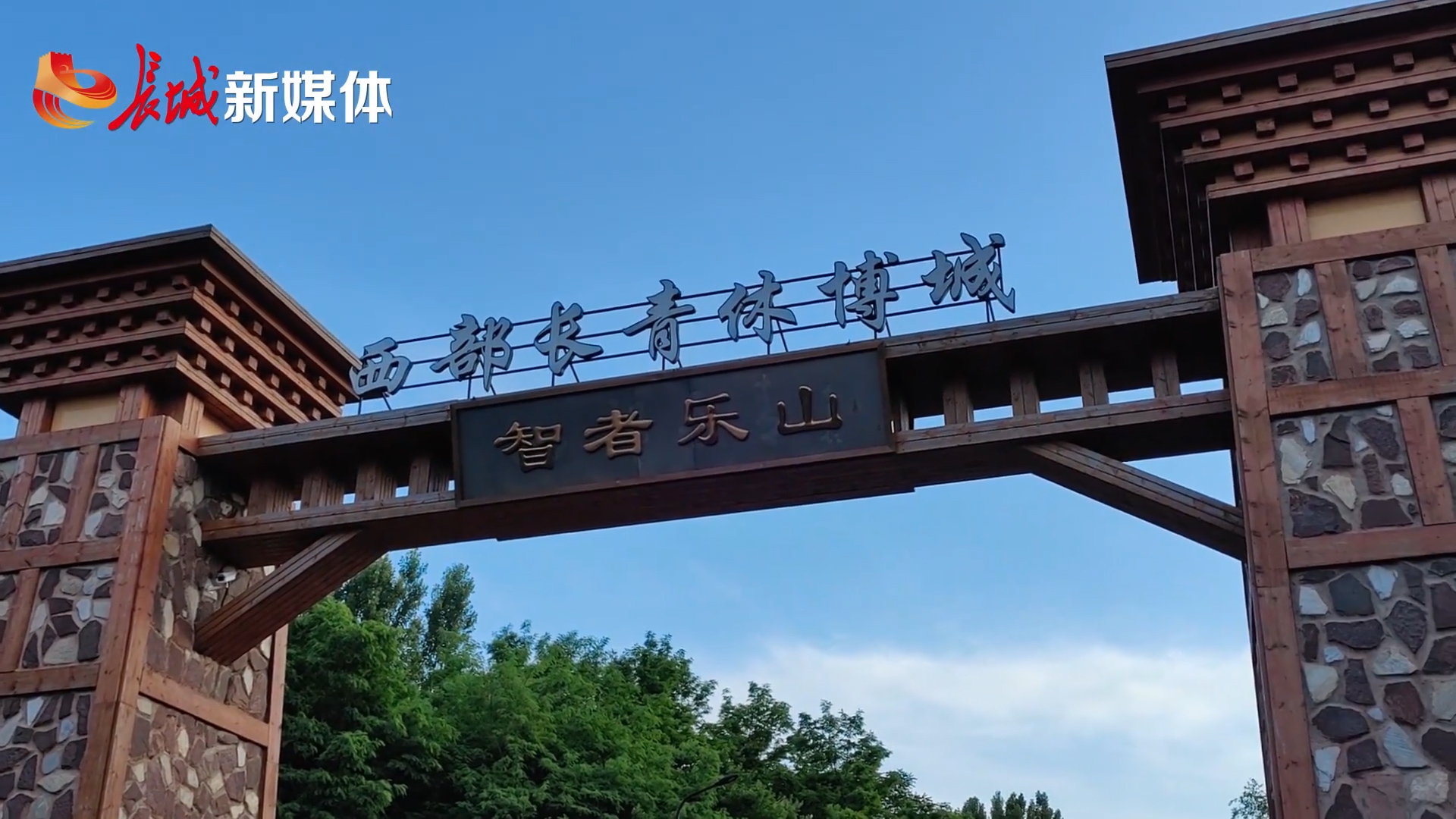
Pottery artifacts unearthed from the Sitai site in Shangyi county, Hebei province. (PROVIDED TO CHINA DAILY)
Recently discovered ruins of six semi-basement dwellings in Hebei province are thought by archaeologists to be among the earliest-known "houses" in China.
The dwellings, unearthed from the Sitai site in Shangyi county, Zhangjiakou, were from 10,400 to 10,000 years ago, said Zhao Zhanhu, a researcher with the Hebei Provincial Institute of Cultural Relics and Archaeology, at a conference with the National Cultural Heritage Administration in Beijing on Wednesday. The dwellings are from 7 to 10 square meters.
They are part of a series of discoveries spanning from 6,800 to around 10,000 years ago found through excavations by the Hebei provincial institute from 2020 to 2022, Zhao said.
He pointed out that two early periods — from 10,400 to 10,000 years ago and from 9,200 to 9,000 years ago — probably represent a previously unknown type of archaeological culture, judging from the unearthed pottery and stoneware.
"About 800 excavated artifacts including embossed pottery cylinders, pottery planks and grinders feature their own characteristics," he said. "Their evolution was seen to be continuous."
The stone blades found on the site also inherited features from other nearby sites. The traditional processing of such micro blades spanned over 100,000 years in the region.
"It is a major breakthrough in decoding the early stage of the Neolithic period in North China," he said.
In China, the Neolithic period is often considered to last from 10,000 to 4,000 years ago, and the Sitai site marks a key transition from the mobile dwellings in the Paleolithic period to gradual settlement, Zhao said.

Pottery artifacts unearthed from the Sitai site in Shangyi county, Hebei province. (PROVIDED TO CHINA DAILY)
Separately, findings of millet on site provided key clues to the origins and early development of agriculture.
"The appearance of agriculture is an important indicator of Neolithic culture," said Zhang Chi, a professor at Peking University. "It took time for people who chose to settle down to develop early-stage agriculture through taming edible plant seeds in the wild."
In China, some older archaeological findings were speculated to be "houses" but their true nature is still debated by academics. For example, at the Xiaonanshan site, Raohe county, Heilongjiang province, some ruins from 16,000 years ago were speculated to be regular settlements.
"Thanks to the Sitai site, we have the oldest example of settled dwellings in China with solid evidence," Zhang said. "There must be even older ones somewhere else, but they await to be found."
In Zhang's eyes, the importance of the Sitai site can be better evaluated in the bigger picture of Northeast Asia. For example, in Transbaikal, a region of Siberia near Lake Baikal, similar dwellings of its time were also found. Considering other findings in Northeast China like Xiaonanshan, they might show how the human population migrated.
According to Zhao, more interdisciplinary research projects will be launched at the site, including studies of the natural environment as well as fauna and flora of its time.
"We expect to know more about what kind of momentum the early Neolithic culture and agriculture had in North China," he said.
Editor: Li Wenpei






